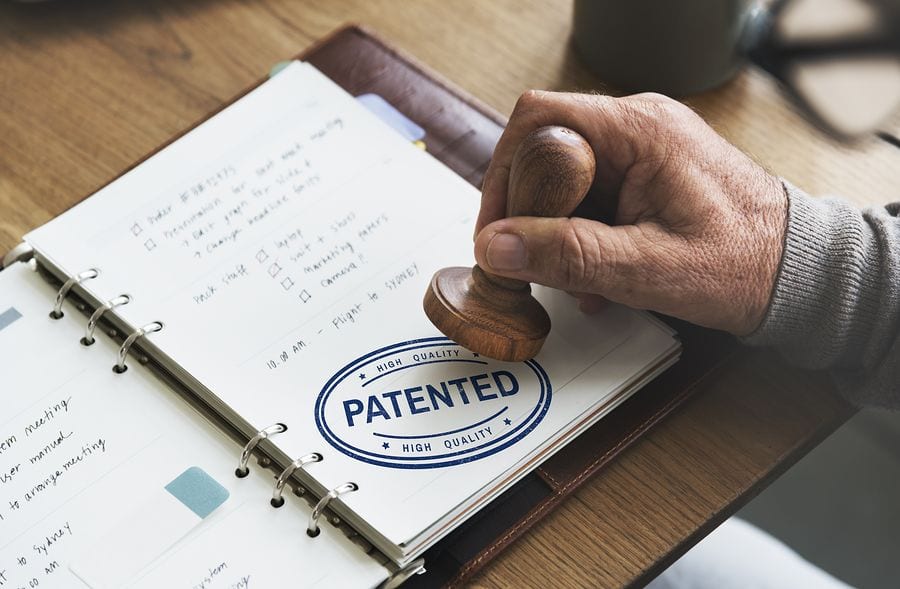Patents can be incredibly valuable assets for businesses, providing legal protection for their inventions and innovations. However, patent drafting can be a complex and challenging process, particularly when it comes to patents that will be used for litigation or licensing purposes. In this article, we’ll explore the top five mistakes to avoid when drafting patents for litigation and licensing, and offer tips on how to ensure your patents are as effective and valuable as possible.
Mistake #1: Failing to Conduct Adequate Prior Art Searches
One of the most important steps in the patent drafting services in India process is conducting a thorough prior art search to ensure that your invention is truly novel and non-obvious. Failing to conduct such a search can lead to patents that are easily invalidated, or that fail to provide the level of protection you need for your invention. To avoid this mistake, make sure to invest the time and resources necessary to conduct a comprehensive prior art search before drafting your patent.
Mistake #2: Overlooking Key Details in the Patent Specification
Another common mistake in patent drafting is failing to include all of the necessary details in the patent specification. This can include failing to provide clear and specific claims, omitting important technical details, or failing to describe the invention in sufficient detail. To avoid this mistake, be sure to review your patent specification carefully and ensure that it includes all of the necessary information to support your claims and provide effective legal protection for your invention.
Mistake #3: Using Overly Broad or Vague Language in Claims
When drafting patent claims, it can be tempting to use overly broad or vague language in order to provide maximum coverage for your invention. However, this can be a serious mistake, as such claims may be more easily invalidated in litigation or licensing negotiations. Instead, aim to use clear, specific language in your patent claims, and focus on describing the key features and innovations of your invention in detail.
Mistake #4: Failing to Consider Licensing and Litigation Strategies During Patent Drafting
Another important consideration when patent registration in india is to think strategically about the goals and objectives of these activities. For example, you may want to consider drafting claims that are particularly relevant to potential litigation scenarios, or that are more attractive to potential licensees. To avoid this mistake, be sure to work closely with your legal team to develop a comprehensive strategy for your patent portfolio that takes into account both litigation and licensing goals.
Mistake #5: Failing to Keep Up With Patent Law Developments
Finally, it’s important to stay up-to-date on developments in patent law and to adjust your drafting strategies accordingly. This can include changes in the patentability standards or rules around patent enforcement, as well as shifts in the patent landscape more broadly. To avoid this mistake, be sure to work closely with your legal team and stay informed about key legal developments in your industry and jurisdiction.
Conclusion
Drafting effective patents for litigation and licensing can be a complex and challenging process, but by avoiding these common mistakes and following best practices for patent drafting, you can ensure that your patents are as valuable and effective as possible. Be sure to invest the time and resources necessary to conduct thorough prior art searches, include all necessary details in your patent specification, use clear and specific language in your claims, think strategically about your licensing and litigation goals, and stay up-to-date on key legal developments in your industry and jurisdiction. With these tips in mind, you can draft effective patents that provide maximum protection for your valuable inventions and innovations.
